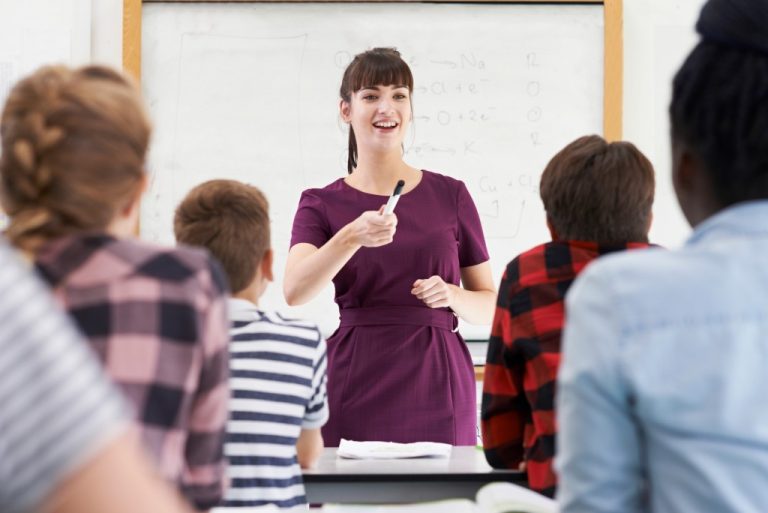Part of learning is gaining information. Students can now access information more easily than they could back then. This is because of massive developments in digital technology that lead to everyone getting greater access to knowledge. However, when there’s so much to absorb, students can find it hard to know why and how certain pieces of information can be applied to their lives. It’s up to teachers, as well as their parents, to help and guide them with the use of these strategies:
Encouraging Hands-on Activities
Not all students are kinesthetic learners. Everyone has to do something to truly gain knowledge. Those who are visual learners need to see, auditory ones need to hear and listen to understand, and so on. Instead of sticking to lectures, which can easily turn boring, especially for younger students, you can put more activities into your lessons. For example, if you’re teaching them how to construct a story, then you can let them use writing prompt worksheets and write stories.
Using Current Examples
Sometimes, students feel that a lesson or even a subject is irrelevant because they can’t imagine it happening at the present day. A good example would be lessons in history class. Students usually ask themselves, “How is this going to be useful in my everyday life? It’s all about events that happened before.” In this case, you can try pointing out similarities of the past and the present. Challenge them to think of what people can learn from them and how solutions can be made now.
Providing First-hand Exposure
Aside from the home, the classroom also often becomes a place that shelters people, in this case, students, from the real world. Unfortunately, this also contributes to the disconnection between the lessons learned and their application to life. Help bridge that gap by letting your students go out and experience environments that they won’t go to normally. Examples are different kinds of workplaces they might go in later in life or communities where the culture is different from theirs.
Putting Everything Together

You might not realize it yourself until you think about it, but everything that we all attempt to know and learn about is connected with each other in some way. In your classes, this concept is what you need to help your students to think about. There are a number of different methods that you can use to do so. These include doing a few minutes of mind-mapping per session and encouraging your students to ask and answer why and how questions.
Making your lessons more relevant to your students gives more value to your work as well as their learning. You’ll be more certain that what you teach them will be retained and used in their lives in the future. They’ll also be able to better digest and sort out the information that they’ll be exposed to outside of the classroom. These advantages alone can make it so much more fulfilling to be an educator in this day and age. The presence of information technology doesn’t have to make you and your job irrelevant.

